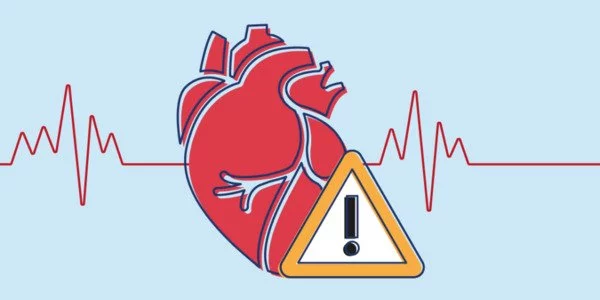According to the Centers for Disease Control and Prevention (CDC)Trusted Source, cardiovascular disease (CVD) is the leading cause of death among females in the United States. While females have a lower incidence of CVD than males, research indicates that females have a higher mortality rate and a worse prognosis following an acute cardiovascular event.
The risk factors for cardiovascular disease are largely the same for men and women, according to a large global study involving University of Gothenburg researchers. The study, which has now been published in The Lancet, includes participants from high-income, middle-income, and low-income countries. Cardiovascular disease is more common in the latter group. The data came from the PURE (Prospective Urban Rural Epidemiological) Study.
The study included 155,724 people from 21 countries across five continents. Participants in the study ranged in age from 35 to 70 years old and had no history of cardiovascular disease. During the ten-year follow-up period, all cases of fatal cardiovascular disease, heart attack, stroke, and heart failure were recorded.
When it comes to cardiovascular disease in men and women, the similarities in terms of risk factors are considerably greater than the differences. But men are more vulnerable to high levels of LDL, the bad cholesterol, and we know from other studies that they develop pathological changes in the coronary arteries at a lower age than women, and tend to start developing myocardial infarction quite a lot earlier.
Prof. Annika Rosengren
The risk factors investigated were metabolic (such as high blood pressure, obesity, and diabetes), behavioral (tobacco use and diet), and psychosocial (such as depression) (economic status and depression). Women have a 20% higher risk of developing heart failure or dying within five years of having their first severe heart attack than men. Furthermore, at the time of their heart attacks, women were more likely than men to be older and have a more complicated medical history.
No clear gender or income divide
Metabolic risk factors were found to be similar in both sexes, except for high values of low-density lipoprotein (LDL, often known as bad cholesterol), where the association with cardiovascular disease was stronger in men. In the researchers’ opinion, however, this finding needs confirmation in more studies.

Another risk factor for cardiovascular disease that proved to be more significant in men than in women was depressive symptoms. Women, on the other hand, had a closer link between a poor diet and cardiovascular disease, and smoking, while significantly more common in men, was just as harmful a risk factor for women.
Overall, regardless of income level, the researchers discovered broadly similar risk factors for cardiovascular disease in male and female participants. This emphasizes the significance of disease prevention strategies, which are the same for both sexes.
Similarities greater than differences
The younger women’s higher tolerance to risk factors may explain the women’s lower overall risk of cardiovascular disease, particularly heart attack (myocardial infarction). Their estrogen makes vessel walls more compliant and has an effect on the liver’s ability to eliminate LDL.
The study’s women (90,934 participants) had 5.0 cases of stroke, heart attack, and/or cardiovascular disease per 1,000 people per year. The corresponding figure in the men’s group (64,790 people) was 8.2 cases.
Annika Rosengren, Professor of Medicine at Sahlgrenska Academy, University of Gothenburg, is the second author of the study, in charge of the Swedish part of the PURE population study of 4,000 individuals in Gothenburg and Skaraborg.
“When it comes to cardiovascular disease in men and women, the similarities in terms of risk factors are considerably greater than the differences. But men are more vulnerable to high levels of LDL, the bad cholesterol, and we know from other studies that they develop pathological changes in the coronary arteries at a lower age than women, and tend to start developing myocardial infarction quite a lot earlier. With respect to early stroke, though, the sex differences are less pronounced, as we’ve also seen in other studies,” Rosengren says.
















